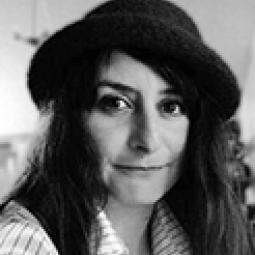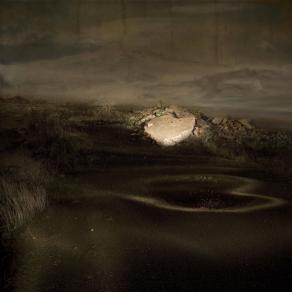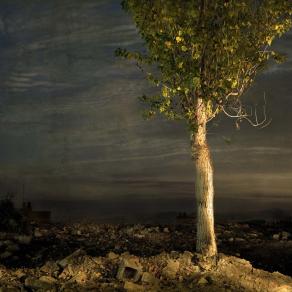
Burcu Guettler
Artist, Dortmund, Germany, joined 12 years ago
The project „ The Quest for the Blue Flower“,
which can be bound to the Romantic Era in terms of transcientness, and aesthetic symbolism, shows a strong subjective approach, in form of permeations and cross-fadings, equilibrating on the borders of civilisation and nature, kitch and trash, day and night, reality and utopia. The project is a postmodern artistic quest, on the outer borders of a city, where natural and urban structures struggle to gain the control over each other. The symbolic transparancy of the last walls of the city, let the nature inside, creating an eery feeling of apocalypse. The romantism of the photos at the first glance, is destroyed through urban rubbish, trashy wall structures, masts and antennas. The project asks questions from a contemporary perspective: What are the people of the 21st century longing for? A more natural life? More romantism? More control over the nature? Apocalypse? What do we miss?
Today, it would seem as if the concept of the blue flower as a metaphorical representation for longing and the eternal struggle to attain the perfection is cliche, if not passe. However, the general resonance of this idea actually stems from a very complex concept that dates well back during the Romantic period. It was further elaborated on by writers such as C.S. Lewis, John Le Carre, and Penelope Fitzgerald. In addition, the image of the blue flower was even used in the movie Batman Begins.
To prove that the “blue flower” is a universal image, it should be noted that even the Japanese used this imagery, although differently. For instance, in the anime series Paradise Kiss, the main character used blue flowers (an artificially colored rose) to adorn of his fashion creations as a means to show that beauty is something that can be attained through other less orthodox ways.
News
celeste,












